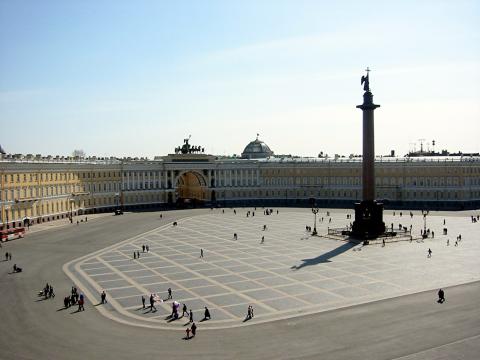Location
If one building was to be chosen to represent Moscow, it would most probably be St. Basil’s Cathedral. This pride of Russian architecture stands on the exact spot where the geometric center of the city is. As their national symbol it stayed in its place for more than four centuries, even surviving the reconstruction of Moscow during the Stalin era.
Its colorful façade and peculiar design of the bell towers are not the only things that attract visitors to come to this church. Since 1929, St. Basil’s Church has served as a museum telling magnificent stories from the Russian past. Probably the most interesting legend about this place is from the times when it was built. The story says that during the reign of Ivan the Terrible, the best Russian architect designed this cathedral. Czar Ivan was so impressed with it that he blinded the architect so he couldn’t build anything as beautiful as the St. Basil’s Cathedral.

















